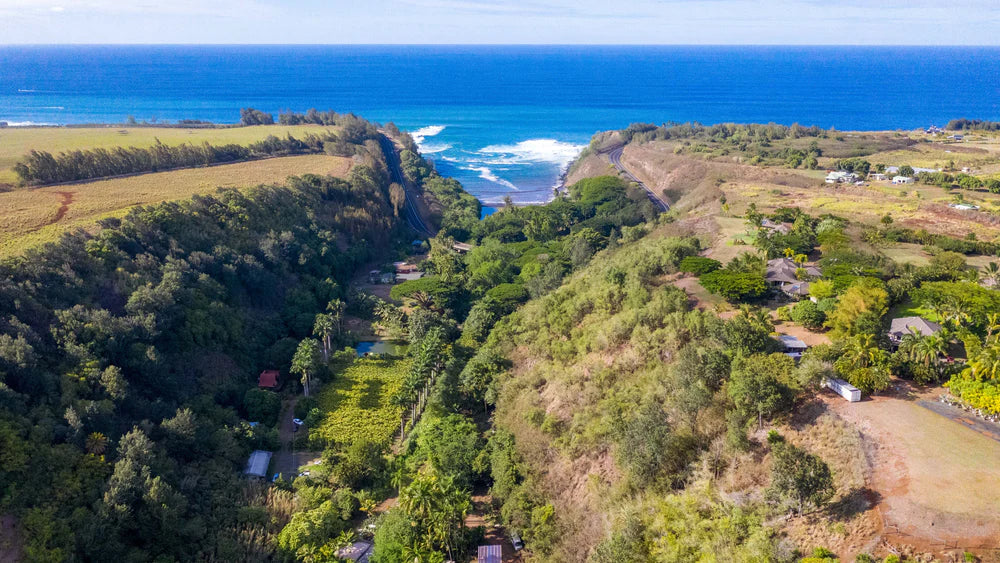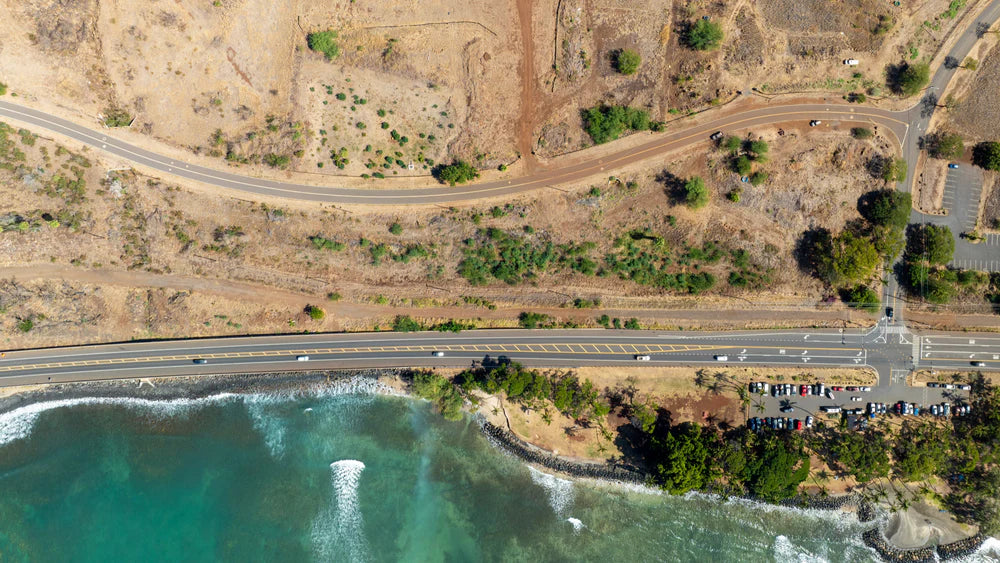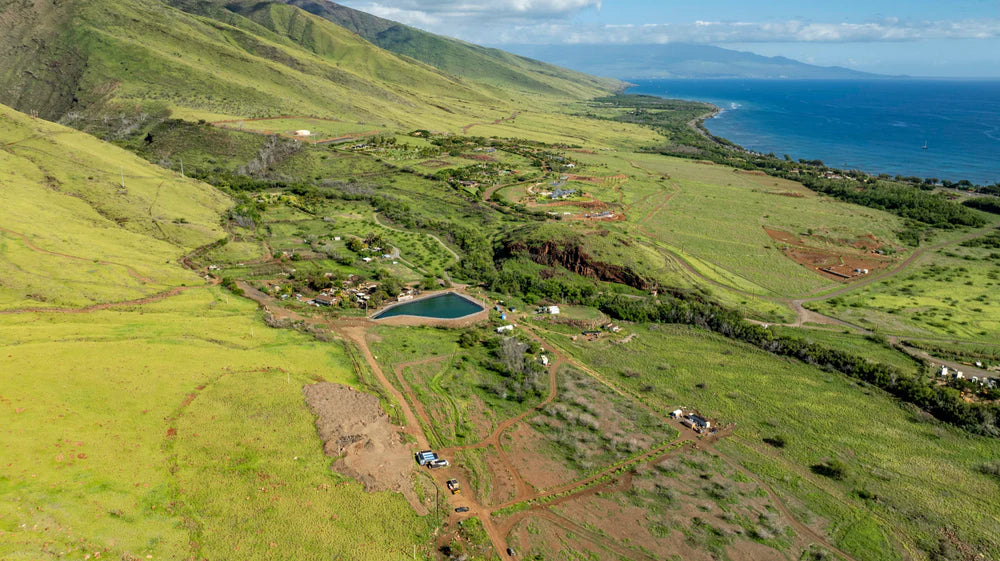Restoring the Roots of Maui: Healing Olowalu from Ridge to Reef
This project is located at the base of the West Maui Mountains, alongside one of the only year-round running streams in the Lahaina district. Once a thriving ahupua‘a system—where traditional Hawaiian agriculture and native forests worked in harmony—this landscape was severely degraded by decades of unsustainable sugarcane farming. Today, we're working to bring it back to life.
In partnership with Regenerative Education Centers (REC), Seatrees is restoring this critical watershed by implementing earthworks to reduce erosion, planting native and voyaging species, and building infrastructure for water storage.
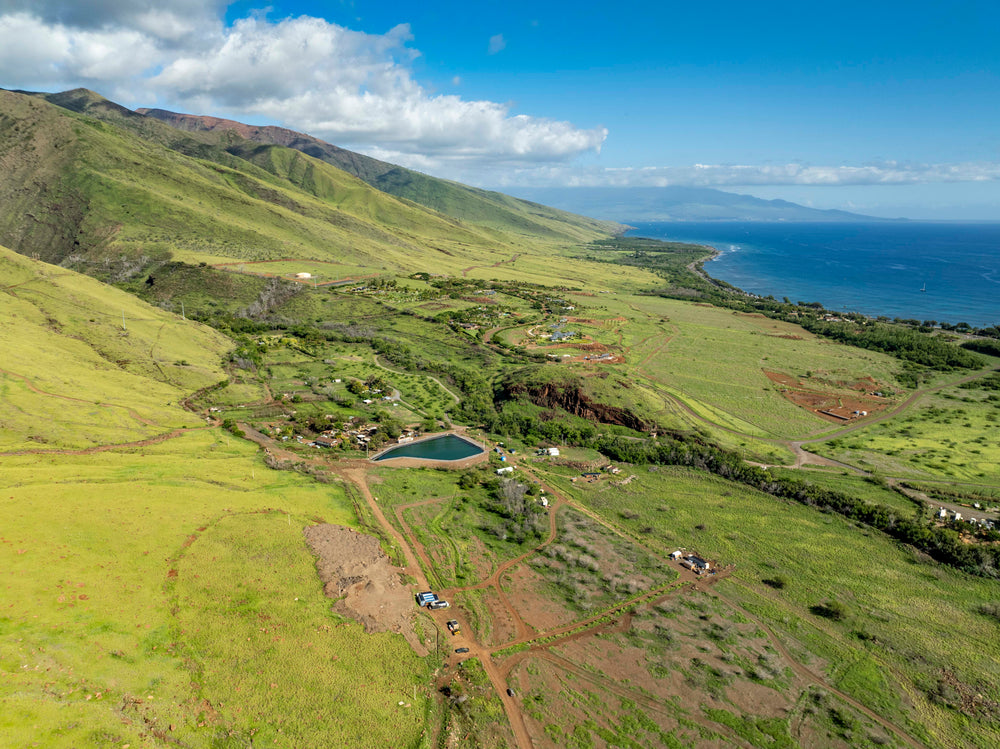
Project Summary
The project aims to:
- Reduce runoff and protect fragile reef systems
- Reestablish habitats for native and endangered species
- Stabilize the stream ecosystem and surrounding land
- Regenerate a model system for conservation and sustainable agriculture
This work not only heals the land, but also strengthens community resilience, improves food sovereignty, and brings biodiversity back to Maui’s coast.
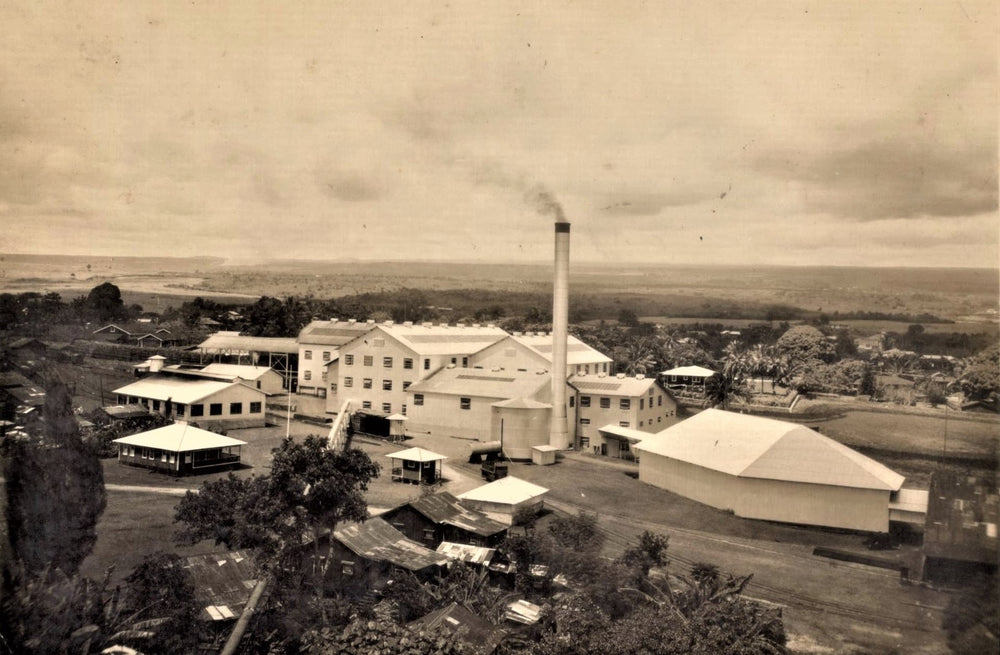
The History of Olowalu
When colonial agriculture cleared native forests and replaced them with sugarcane fields, it disrupted centuries of ecological balance. The result? Eroded mountain slopes, tunnels diverting water, and sediment-choked wetlands and reefs.
Since sugarcane farming ceased 25 years ago, Olowalu has remained a barren, wind-blown landscape. With every storm, heavy silt pours into the ocean, suffocating coral reefs and threatening marine life. But now, with local support and proven regenerative practices, we have an opportunity to reverse the damage.

A Regenerative Approach
This project is working to:
- Remove invasive species
- Replant with native and voyaging plants
- Rebuild soil health and manage erosion
- Restore stream flow and create a regenerative farming system
These efforts turn degraded land into a thriving, productive ecosystem that improves both environmental and community wellbeing.
Making an Impact: Project Metrics
Restoring the Olowalu watershed is key to bringing native biodiversity back to the region
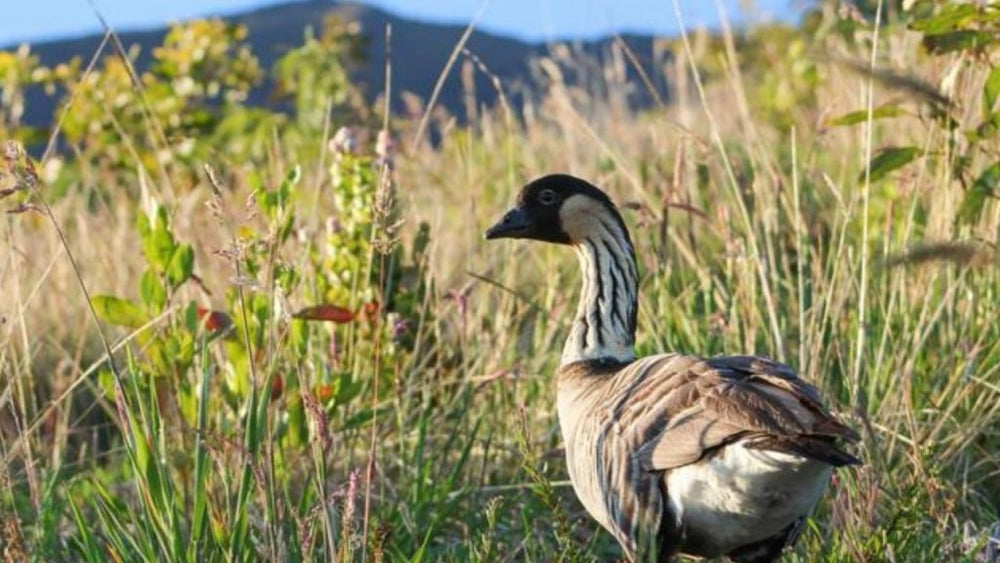
Species Currently Present:
Endangered Nēnē goose, native grasses, and native pollinators
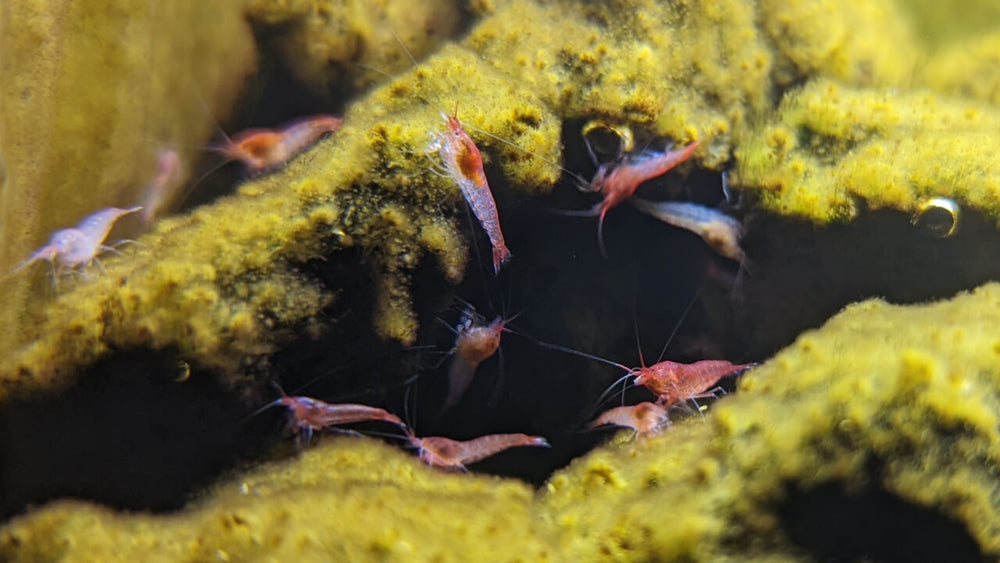
Species Likely to Return:
Solitary native bees, butterflies, forest birds, dragonflies, and aquatic stream life including Hiwai (mussels), ‘Ō‘opu (gobies), and ‘Ōpae (shrimp)
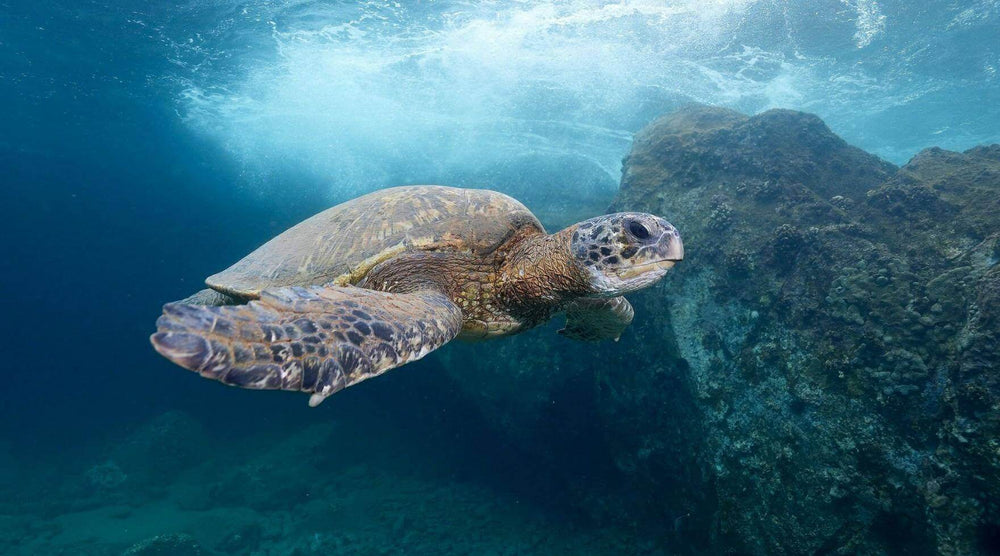
Ecosystem Services Restored:
Improved habitat connectivity, pollination networks, and clean freshwater flow to the reefs- supporting both terrestrial and marine life
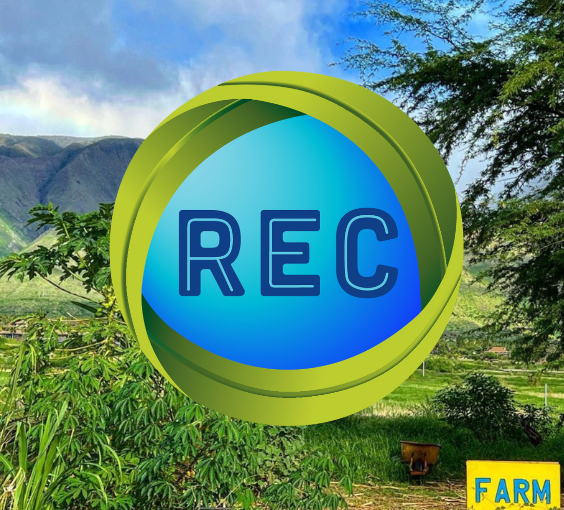
Scripps long-term monitoring program tracks the health of Maui's mother reef
Nestled along the sheltered western coast of Maui, the fringing Olowalu reef is one of the most important marine habitats in the entire Hawaiian Islands. Referred to as the "mother reef" by native Hawaiians, it disperses coral larvae that seed reefs along the coast of Maui and the neighboring islands. Unfortunately, the health of Olowalu's reef has been declining in recent years, primarily due to sedimentation and land-based runoff.
Long-term monitoring has been instrumental for understanding these shifts at Olowalu and elsewhere in Maui. Dr. Jennifer Smith's Lab at the Scripps Institution of Oceanography has been conducting a wide range of coral reef research on the island of Maui since 2008, including maintaining a timeseries of 3D reef models dating back to 2014. While completing his PhD in the Smith Lab, Dr. Orion McCarthy used these 3D reef models to study human and climate impacts on Maui's coral reefs, including measuring the resilience of specific priority sites such as the reef at Olowalu.
Orion discovered that certain corals at Olowalu are more resilient to bleaching than at neighboring sites around Maui, highlighting the importance of protecting this special place. Now as the Seatrees Science Lead, Orion is working to ensure that insights from the Smith Lab monitoring program are integrated into Seatrees restoration efforts to improve Olowalu's watershed and improve reef health. Continued reef monitoring will be key to tracking the response of Olowalu's reef to restoration efforts.
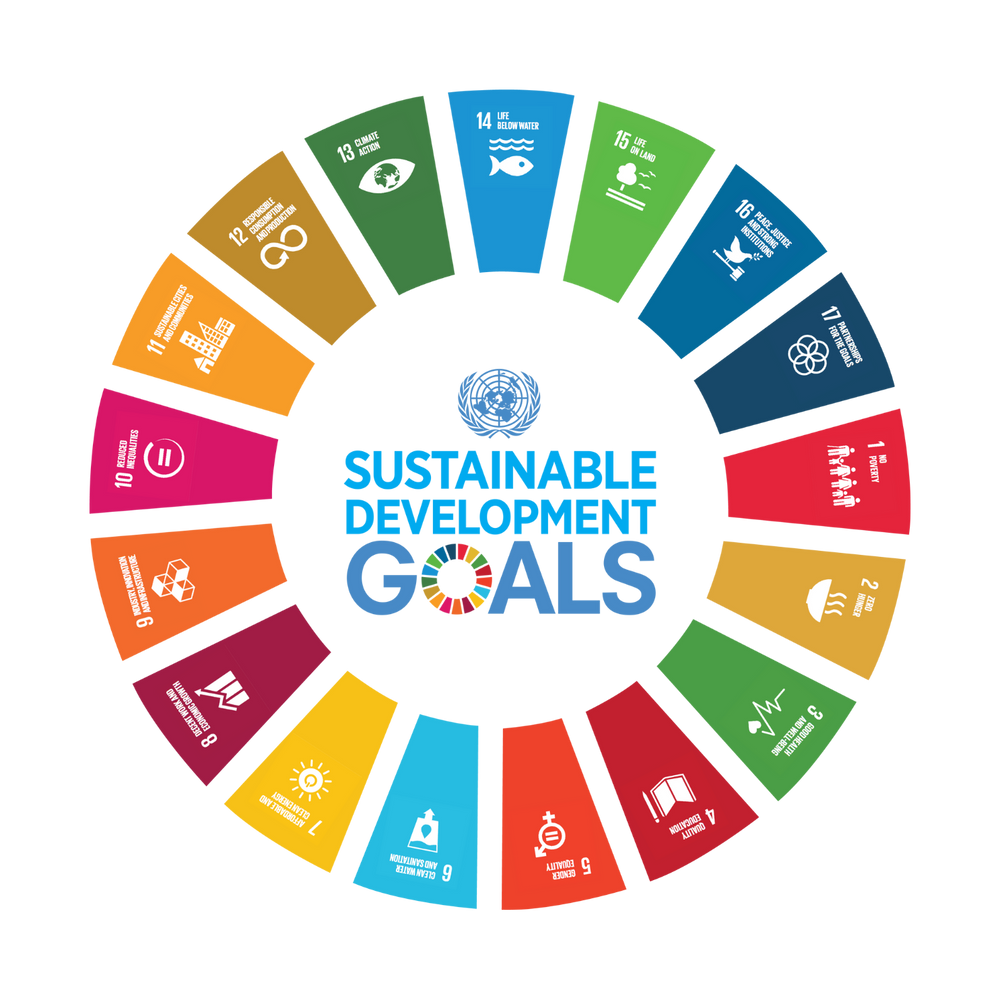
Creating Sustainable Benefits
This project supports three United Nations Sustainable Development Goals:
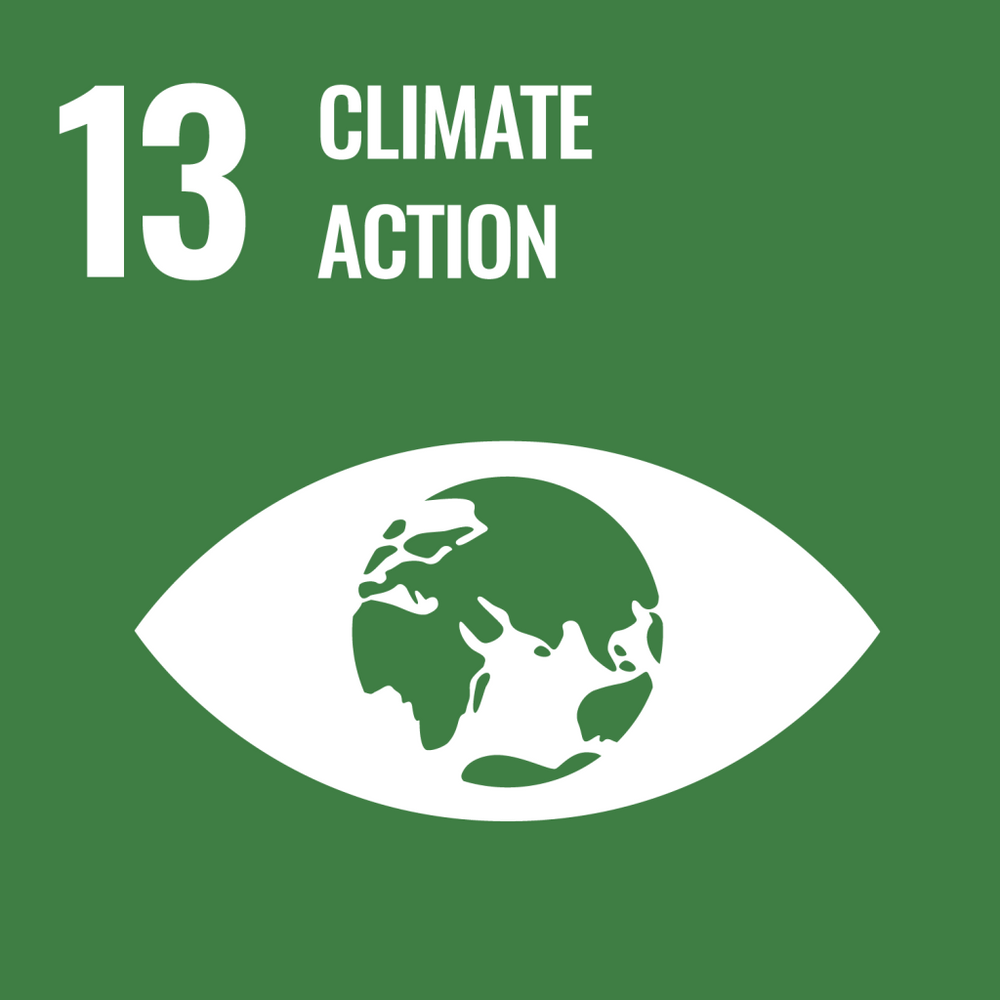
Climate Action
Mitigates climate hazards through carbon farming and land resilience.
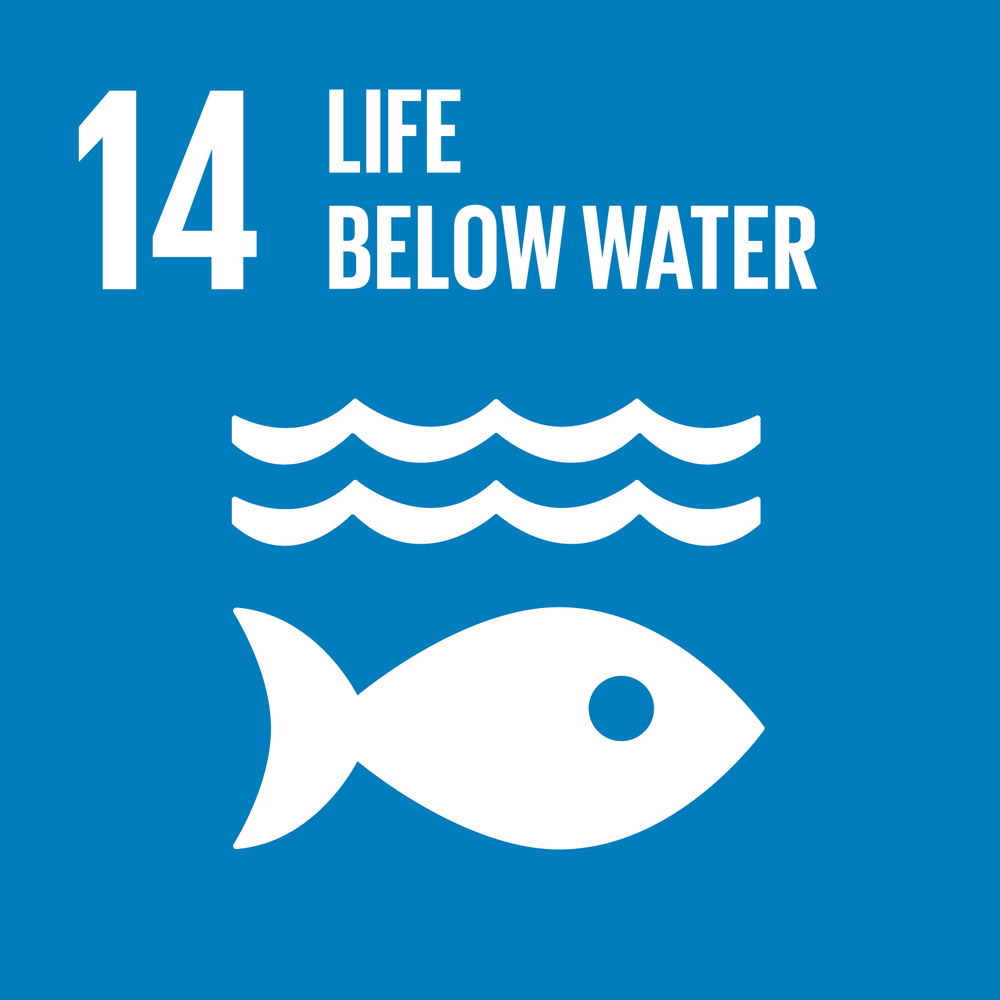
Life Below Water
Prevents sediment runoff to protect coral reefs and marine biodiversity.
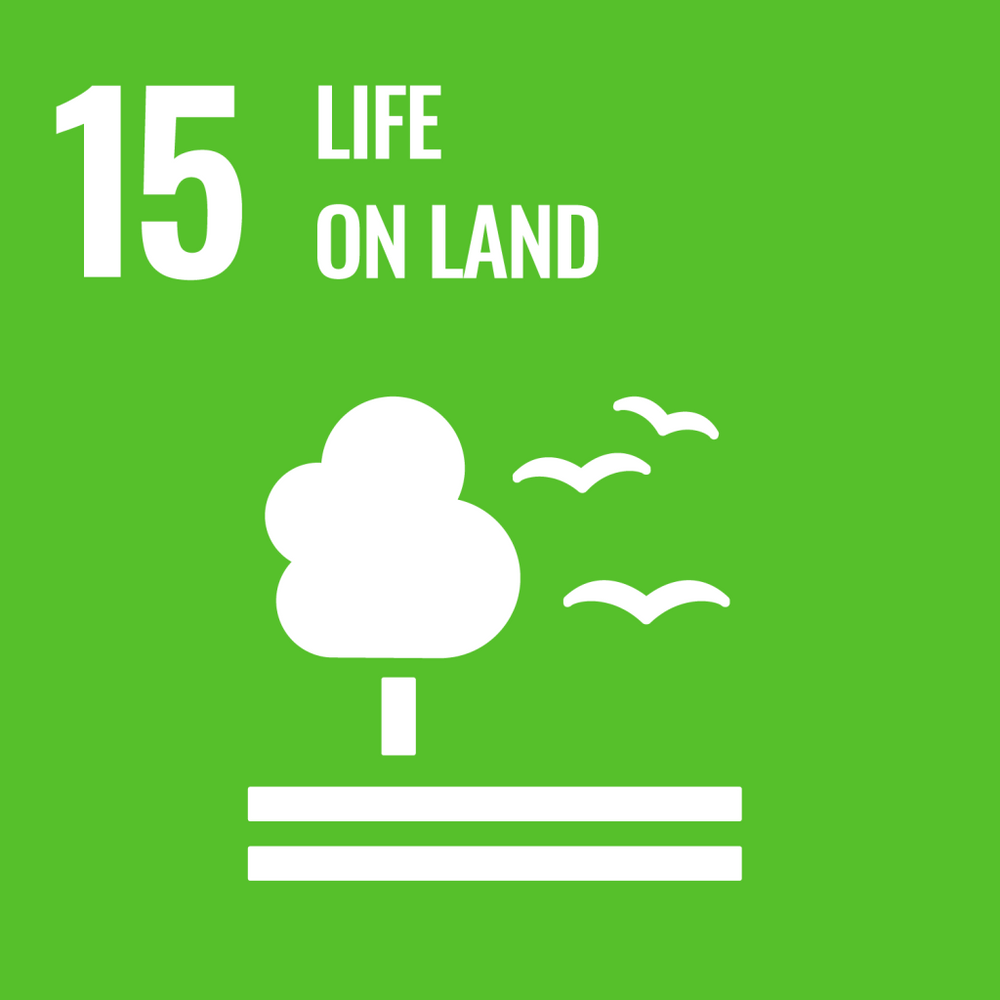
Life on Land
Restores degraded land, increases biodiversity, and combats erosion through native reforestation.

